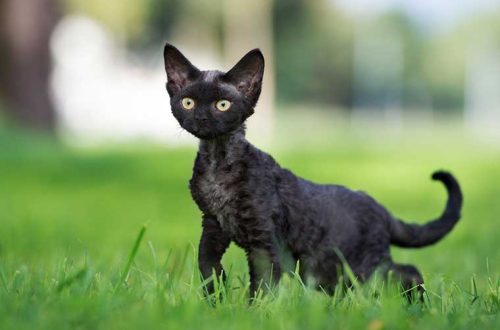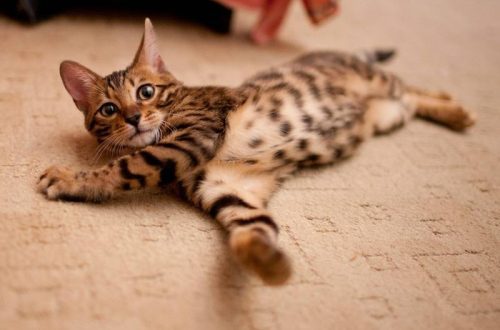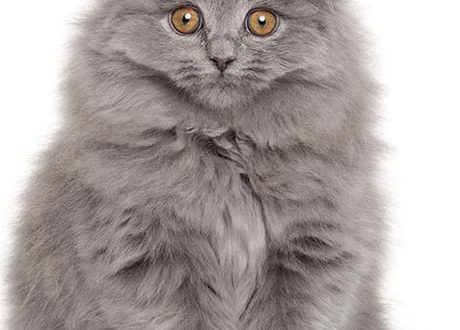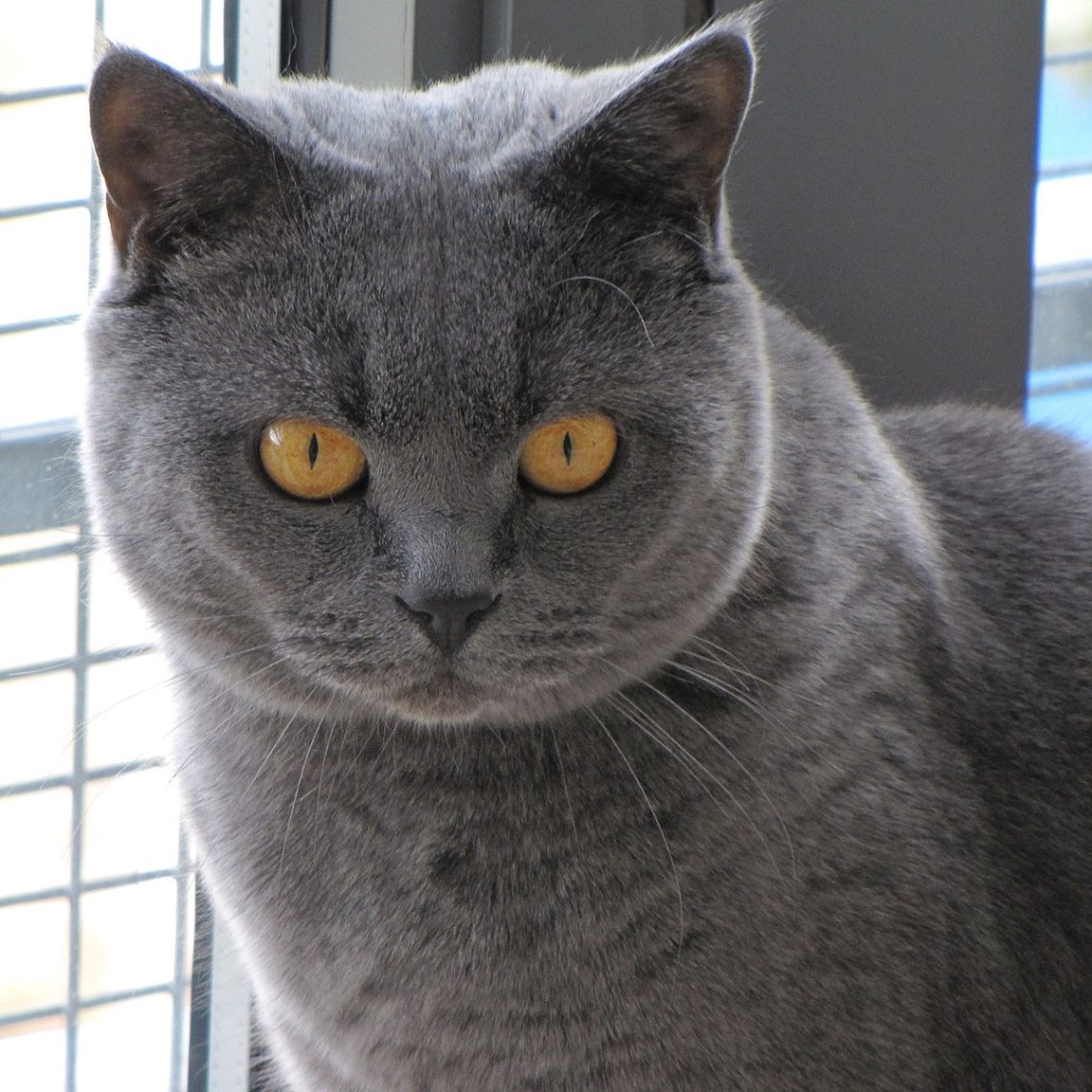
British Shorthair
Other names: British cat , British
The British Shorthair cat will be an excellent companion for people of all ages and families with children due to its calm, cheerful nature and philosophical attitude to the daily absences of the owners.
Contents
- Characteristics of British Shorthair
- Basic moments
- History of the British Shorthair
- Video: British shorthair cat
- Appearance of the British shorthair cat
- Personality of the British Shorthair cat
- Care and maintenance
- Health and disease of the British Shorthair cat
- How to choose a kitten
- Photo of british kittens
- How much is a british shorthair cat
Characteristics of British Shorthair
| Country of origin | Great Britain |
| Wool type | Shorthair |
| Height | about 33cm |
| Weight | 6–12 kg |
| Age | 10–15 years |
Basic moments
- This breed has lived next to the British for so long that in their homeland it is simply called shorthair – “short-haired”.
- Recognizable features are a round muzzle, stocky body and thick fur of a special texture, tactilely reminiscent of plush.
- Long before the appearance of the first “cat” organizations, the British Shorthair cat was valued not for external qualities, but for the unsurpassed skill of a mouser.
- Animals openly show their affection for the owners, but they do not like to sit on the lap and hang on the hands of a person.
- They are good with other pets (including dogs, rodents and birds), but they also do well as a single animal.
- Cats do not require complex and specific care.
- After reaching maturity, the level of physical activity decreases significantly.
- The main danger awaiting the British apartment maintenance, veterinarians call obesity.
- British Shorthairs are generally considered healthy cats, with an average lifespan of 12-17 years.
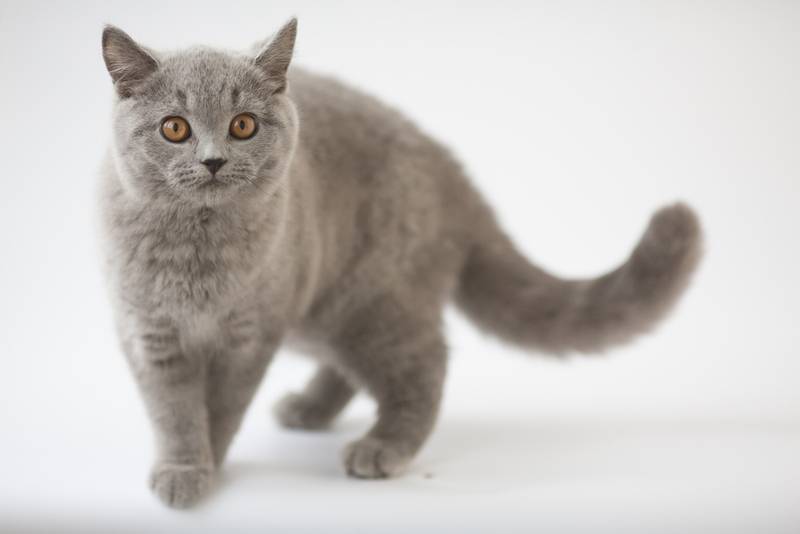
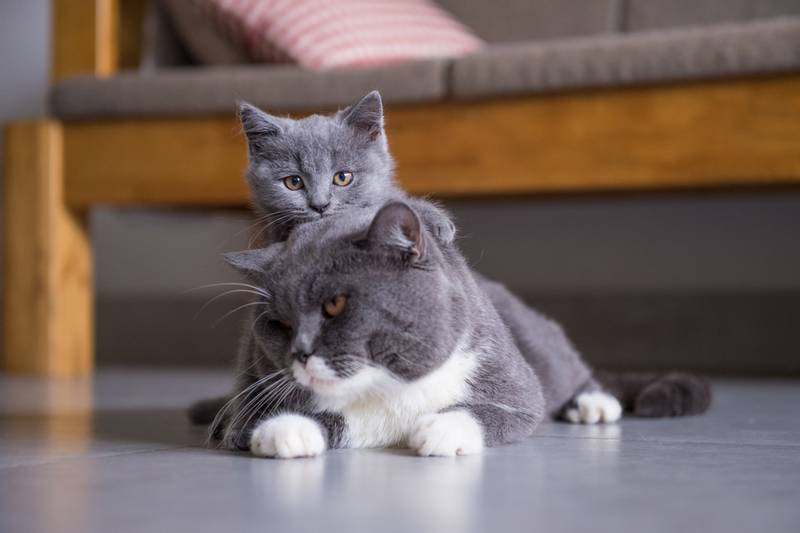
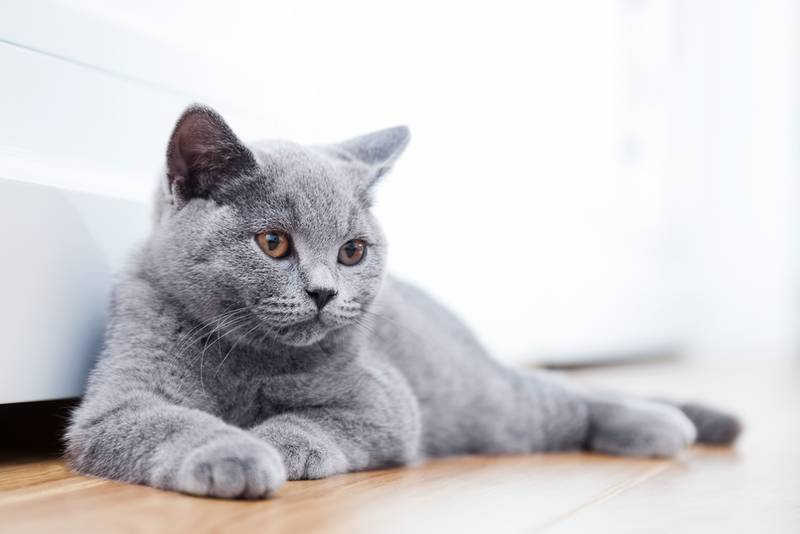
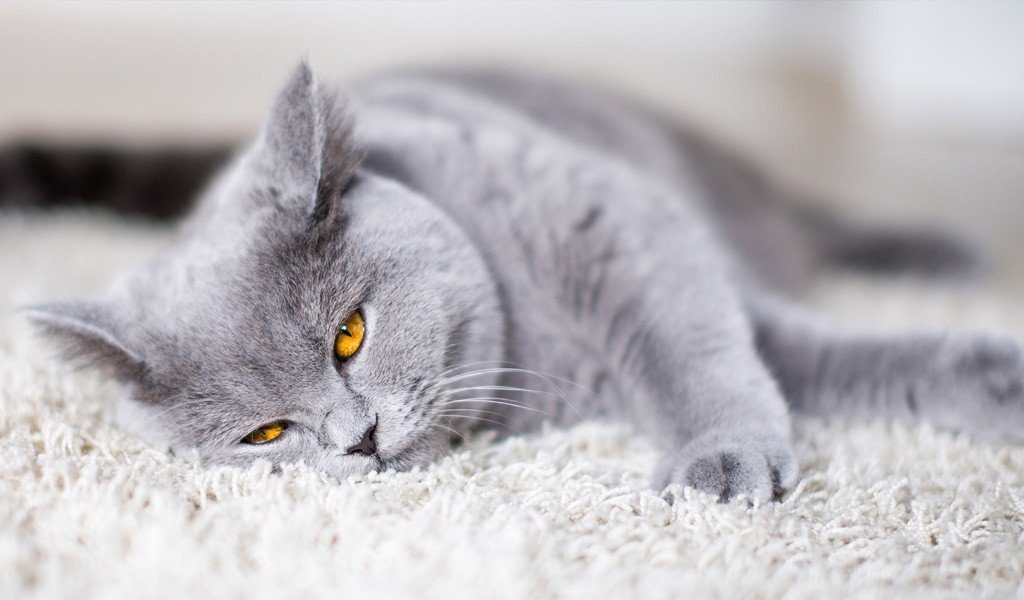
The British Shorthair cat is one of the breeds on which nature has worked much longer than man. As a result, we have a physically developed, harmoniously built animal with a light, accommodating character. Living together with him will not cause any special troubles to the owners. British cats attract with a calm disposition, bordering on phlegm, good breeding and incredibly beautiful, plush fur that is pleasant to the touch. In the famous book Alice in Wonderland, Lewis Carroll forever immortalized this breed in the form of the Cheshire Cat.
History of the British Shorthair
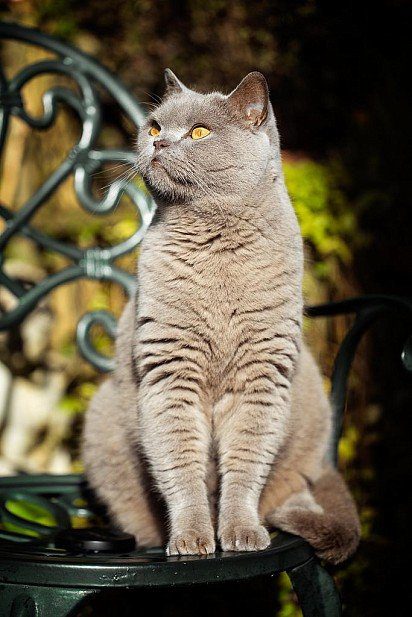
Over the years, it is impossible to find documentary evidence of the first appearance of cats in the British Isles. However, researchers suggest that domesticated animals were brought there by the Roman conquerors. The legionnaires, of course, did not keep them as furry friends – someone needed to protect the provisions in the holds from the encroachments of ship rats. True, those rodent hunters bore little resemblance to today’s chubby and heavily built individuals, their physique was closer to the graceful and long-legged Egyptian animals.
But the free feline nature took its toll – and some of the small predators brought by the invaders moved from decks to solid ground, and there, over time, they met wild relatives who enriched the gene pool.
For centuries, short-haired purrs lived side by side with peasants, receiving some milk and a roof over their heads for their contribution to the fight against mice. No one, of course, cared about selecting kittens for coat color, ear shape and tail length, so the appearance of the breed was formed naturally. I must say that the attitude towards these cute creatures was often not just indifferent, but even hostile, while dogs were considered true friends, worthy of sugar bones and a place by the fireplace.
It was only in the second half of the 19th century that the British realized that their pets had many unique and attractive features that needed to be strengthened and developed. In the Victorian era, even a representative of high society was not ashamed to be the owner of a cat. The popularity of the mustachioed was greatly facilitated by the original and witty drawings of the famous English artist Louis Wayne. A talented graphic artist created a whole universe in which anthropomorphic cats play golf and bridge, go on picnics, read newspapers, have Christmas parties, go sledding, play music, relax on the beach … In addition, already at the dawn of photography, enthusiasts of the new art realized that how fluffy handsome men look advantageously in the frame. In a word, the ice was broken.
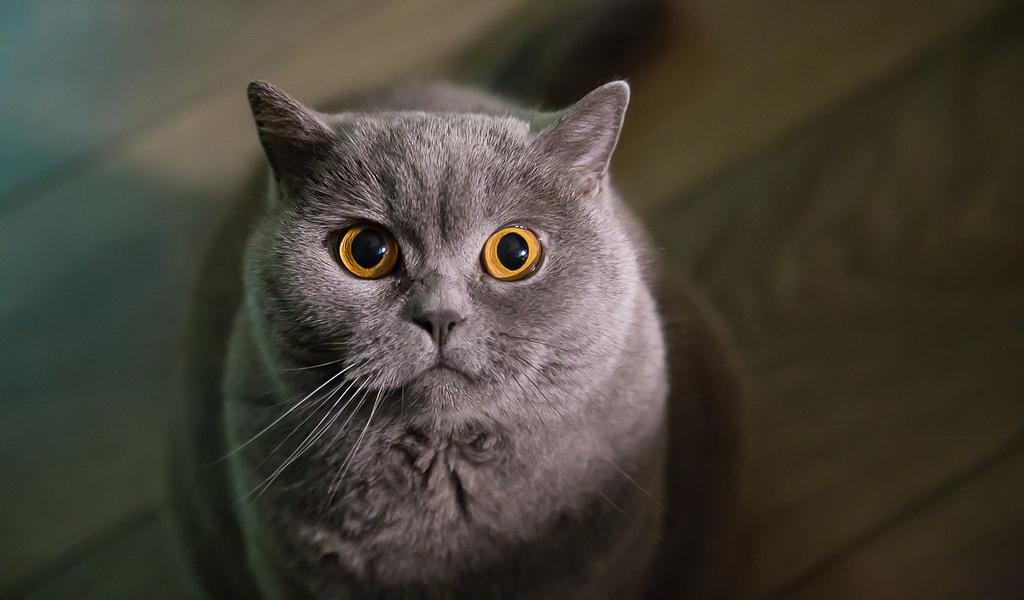
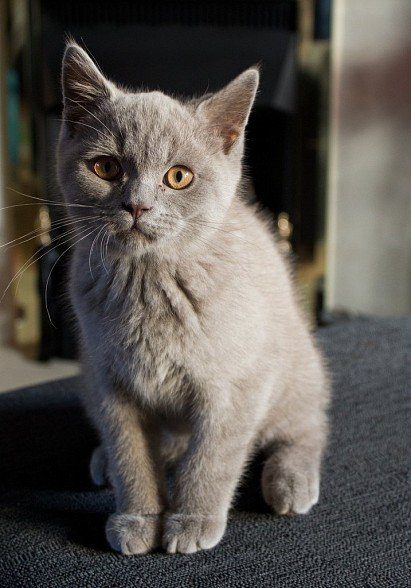
On July 13, 1871, the world’s first professionally organized cat show was held in London with great success. Garrison Ware, with the support of the then manager of Crystal Palace, invited 170 exhibitors and their owners to the former pavilion of the World’s Fair. He also developed the rules of the competition, the system of scoring and determining the winners in various categories. Visitors were surprised to find that well-groomed and well-fed cats not only look charming, but also behave like real aristocrats. The next morning, the front pages of respected metropolitan newspapers were decorated with portraits of award winners – including 14-year-old blue tabby Old Lady. By the way, it was the blue color in the last century that was considered the only correct one for the British Shorthair.
After the exhibition, the once inconspicuous street animals gained popularity. The breed standard, amateur clubs and the first nurseries appeared. However, in the last decade of the 19th century, Great Britain was overwhelmed by the all-European fashion for Persian cats . On this wave during the First World War, breeders introduced the British Longhair. Experts still cannot say with certainty whether there was a fixed spontaneous mutation or whether the breeders simply used “foreign” genes in breeding.
With the outbreak of World War II, the already unfavorable situation for shorthairs became truly catastrophic. Animals, like people, died en masse under German bombing, and the policy of austerity in food did not leave a chance to maintain nurseries. In the post-war years, the few surviving British were actively crossed with representatives of various breeds to obtain offspring: Russian Blue , Chartreuse , Persian . Due to the large percentage of mixed blood, the breed was considered a hybrid for a long time and therefore was not registered by the leading regional and world felinological organizations. American Cat Association delineates American Shorthair catsand immigrants from the Old World in 1967, adding the latter to the registry under the name “British Blue”. The ACFA allowed Britons to compete in their shows in 1970, and The Cat Fanciers’ Association (CFA) recognized the breed in 1980.
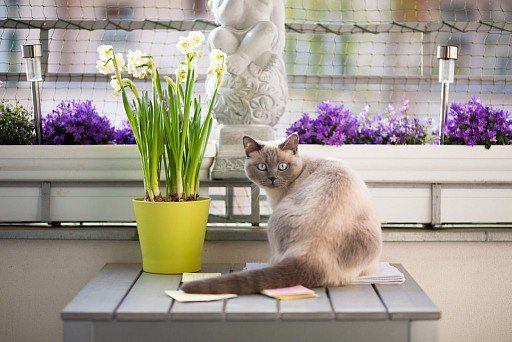
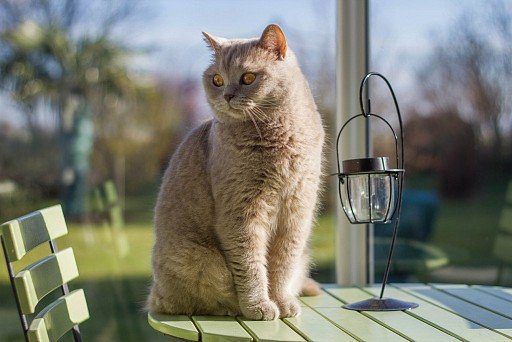
Video: British shorthair cat
Appearance of the British shorthair cat
The British Shorthair is a medium to large breed. Cats are noticeably larger than cats – 5.5-9 kg versus 3.5-6.5 kg, respectively. Growth is fully completed only by 5 years.
Head
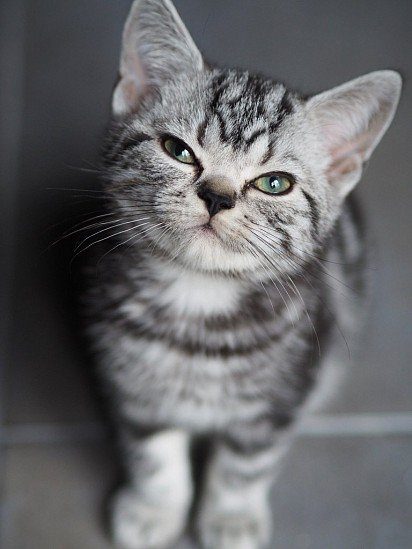
Large, round, with full cheeks. The forehead is rounded, between the ears passes into a flat area, the “stop” is weakly expressed, but still noticeable.
Eyes
The eyes of British Shorthair cats are large, round, expressive. Set wide and straight. The look is open and friendly. The color is in harmony with the coat color and can be yellow, copper-orange, blue, green. White cats may have heterochromia – eyes of different colors.
Nose
Short, wide, straight. The nose and chin form a vertical line.
Ears
The ears of the British are small, wide at the base, with neatly rounded tips. Set wide and low on the head.
Neck
Short, muscular.
Body
Well balanced, powerful and strong. Not loose! The chest is wide and deep. The back is short and muscular.
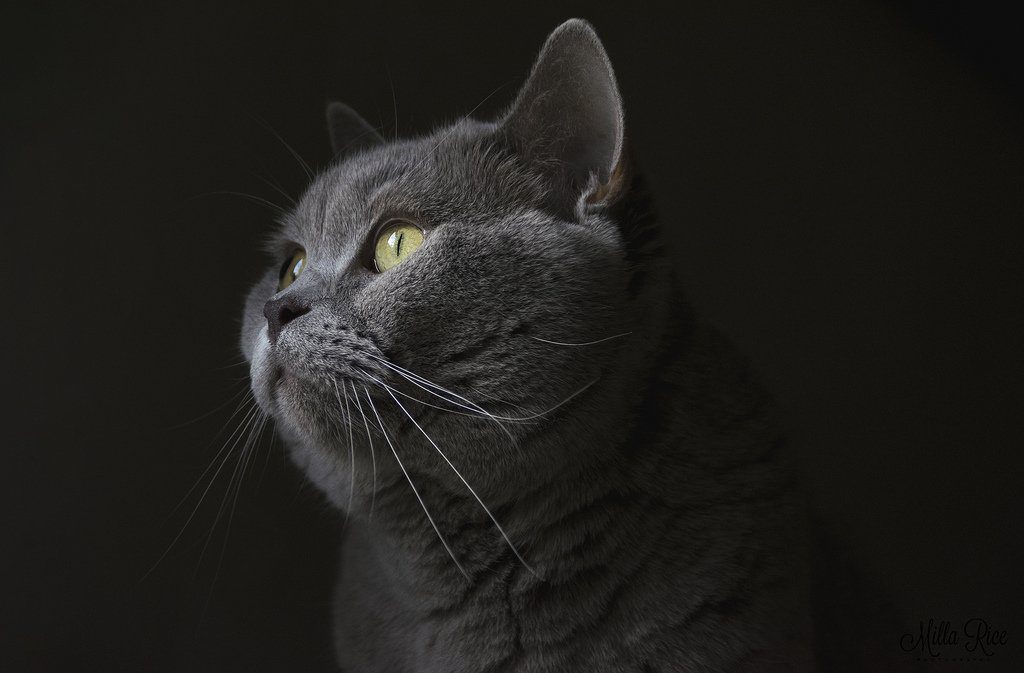
limbs
The legs are short and powerful. Paws are rounded, strong, with tightly fitting toes.
Tail
The tail of the British Shorthair cat is thick and moderately long, wide at the base, the tip is rounded.
Wool
Short, thick, tight. Has a healthy sheen and thick undercoat. Soft to the touch, plush.
Color
Blue, lilac, chocolate, white, black, red, “deer”, cinnamon, cream, two-tone, tortoiseshell, tabby, color-point, “chinchilla” – about a hundred options are acceptable in total.
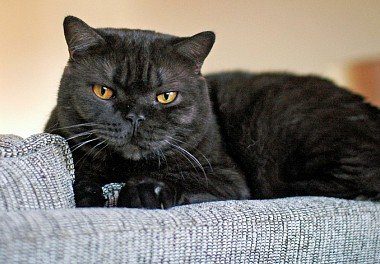
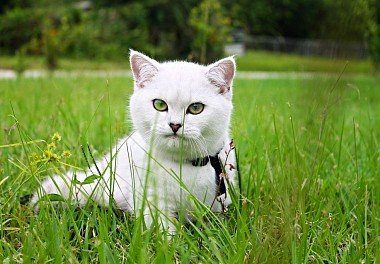
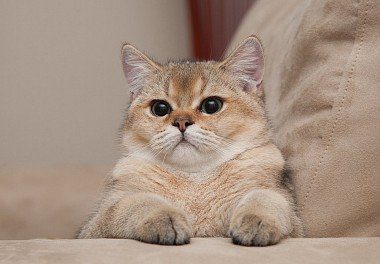
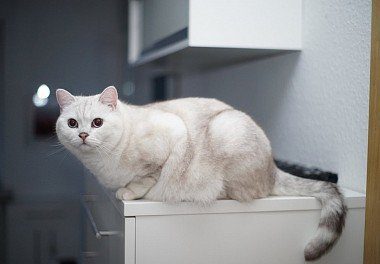
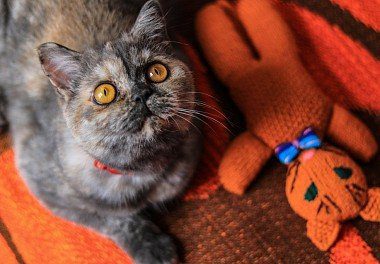
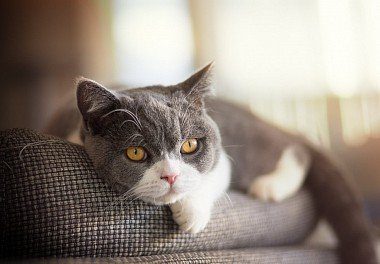
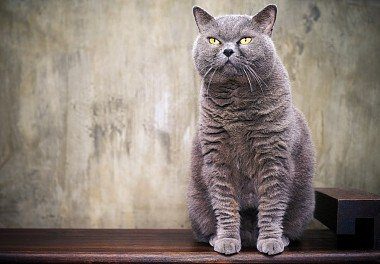
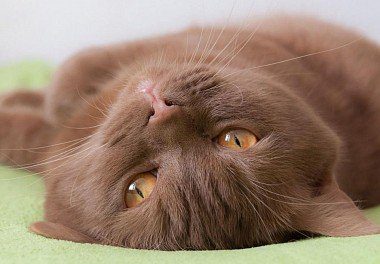
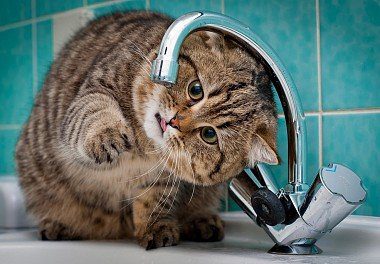
Personality of the British Shorthair cat
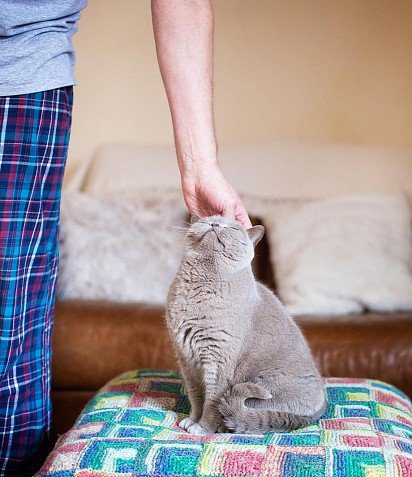
The British cat is a rare example of a complete correspondence between the appearance and the inner world. By nature, these plush bumpkins really resemble your favorite soft toys from your childhood. And the special “smiling” expression of the round face once made them a real prototype of the Cheshire cat from the stories of Alice’s adventures. Good-natured and unpretentious companions fit perfectly into the life of almost any family, without requiring absolute attention to their person.
However, the latter does not mean that they are indifferent to the owners. On the contrary, representatives of the breed are very attached to “their” people and often move from room to room in company with them, but do it unobtrusively. Fluffy intellectuals love affection, however, they prefer to receive it on their own terms – they will gladly sit next to you on a soft sofa and will purr in response to stroking, but the idea of lying down on their knees or being in a gentle embrace will be treated without much enthusiasm. The personal space for the subjects of the British Queen is not an empty phrase!
The time that households spend at work or school, the cat will not spend on organizing a pogrom in the home, but on peaceful sleep or contemplation of the surroundings from a window with a wide window sill. If some trinkets dear to your heart suffer from his paws, it will happen quite by accident. The fact is that short-haired strong men are not too graceful. Their cute clumsiness is also quite consistent with the image of a clumsy bear cub.
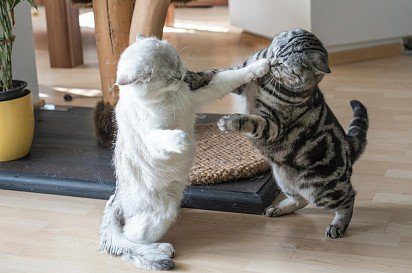
Despite the fact that for a comfortable life, the British do not have to have a playmate, due to their easy and friendly nature, they easily let other pets into their circle of close communication: cats, dogs of various breeds and sizes, reptiles and (despite strong hunting instincts) rodents, birds. They get along well with children – provided that the kids will not be zealous in showing tender feelings or treating them rudely.
In addition, the British will not cause misunderstandings with neighbors, even if the walls in the house are very thin. Of course, little kittens and teenagers love romps. But with the onset of maturity, they are reserved in English, sedate and silent.
However, British Shorthair cats from time to time can surprise their owners with unexpected outbursts of activity, turning into carefree pranksters at such moments, rushing around the house at great speed for a real ball or imaginary prey.
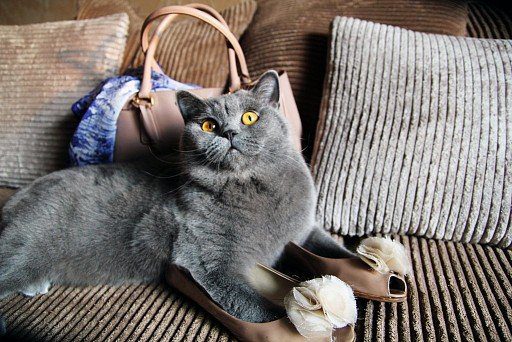
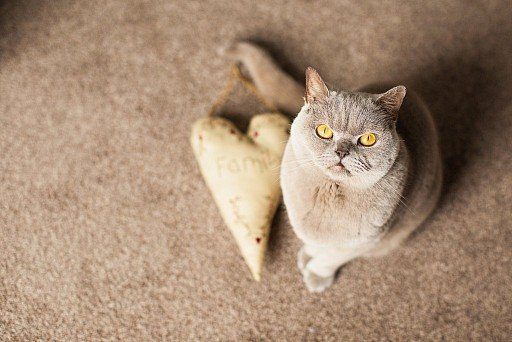
Care and maintenance
British cats do not give their owners much trouble. Their dense and thick fur practically does not tangle and does not fall off, therefore, to care for the coat, it is enough to walk over the fur coat with a special brush once or twice a week and remove the fallen hairs. During periods of seasonal molting (spring and autumn), the procedure must be carried out more often, otherwise furniture and clothes will become unexpectedly fluffy.
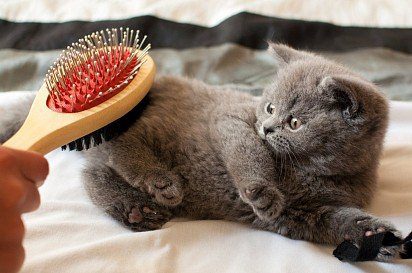
Ears are cleaned every two weeks, it is advisable to wipe the eyes with cotton swabs dipped in boiled water once a week.
It makes sense to give your pet products to dissolve wool from time to time, since when licking, some of the thick wool enters the stomach and can cause serious health problems.
Frequent bathing of a cat is undesirable, since the natural fat cover is a barrier to many infections and bacteria. If for any reason the animal is so dirty that washing cannot solve the problem, be sure to use gentle products recommended by veterinarians and make sure that water does not get into the ears – this can provoke inflammation of the auditory canal.
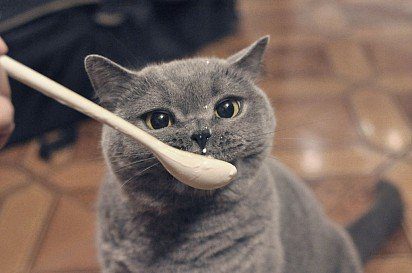
The immunity of the British allows them to take long walks outside without health consequences when the air temperature does not drop too low, however, in large cities, heavy traffic, dog attacks and intruders are a serious danger, so home content will be preferable.
This breed is prone to obesity, which is the root cause of a number of diseases. The relatively low physical activity of adults leads to a rapid accumulation of excess weight. A balanced diet and strict adherence to the recommended portion sizes will help to avoid problems. With a natural diet, do not forget about the need to take vitamin and mineral supplements.
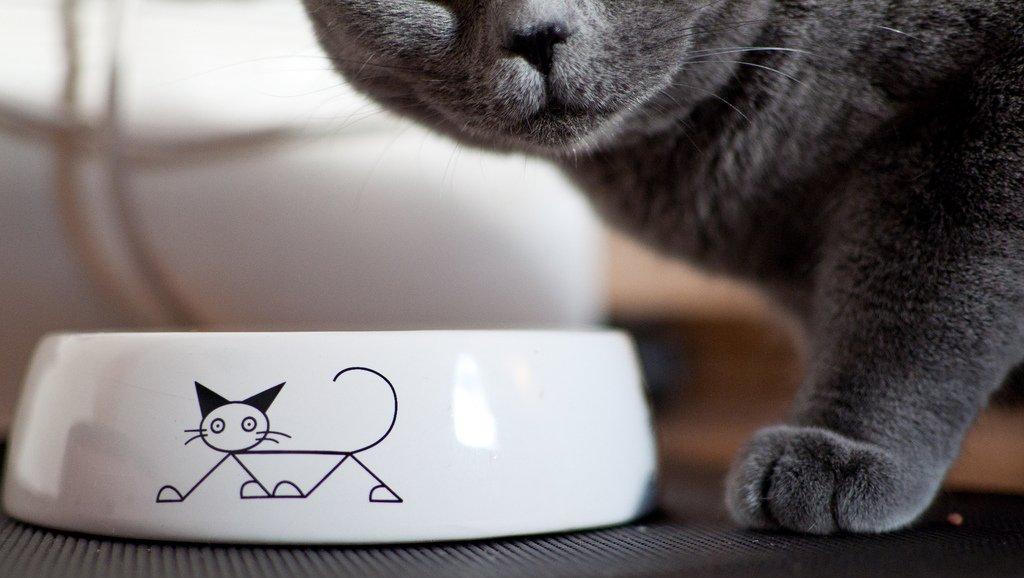
Regular preventive examinations at the veterinary clinic, timely vaccinations and regular care of teeth and ears will help ensure a good standard of living for your pet. Please note that all respected cat breeder and owner organizations categorically oppose the practice of declawing and tendonectomy (a surgical procedure in which part of the tendon responsible for the claw release mechanism is cut out). The most humane way to protect your furniture and wallpaper is to carefully trim the sharp ends and accustom yourself to the scratching post.
Health and disease of the British Shorthair cat
The health of the breed is not of serious concern to specialists. But breeders who claim that British Shorthairs are generally not prone to disease are shamelessly cunning. Yes, there are no specific diseases for the British, however, there are those that any purebred cats are susceptible to – including those that are genetically determined, therefore, appropriate medical studies must be carried out before animals are allowed for breeding.
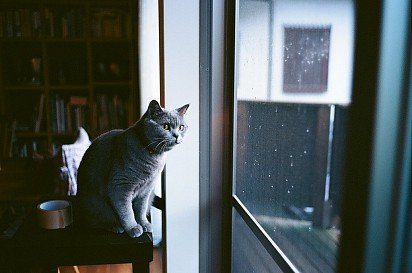
Hypertrophic cardiomyopathy is a thickening of the wall of one of the ventricles (usually the left), which leads to heart rhythm disturbance, heart failure and death. When detected at an early stage and life-long intake of a whole complex of drugs, the development of the disease can be significantly slowed down. Animals with this diagnosis cannot participate in breeding.
Hemophilia B – reduced blood clotting, as a result of which any injury is fraught with serious blood loss or extensive internal hemorrhages. The risk of disease is increased by inbreeding. There is no complete treatment, sick animals are given blood transfusions, and iron preparations, hepatoprotectors, vitamins B6 and B12 are prescribed to combat anemia and stimulate hematopoiesis. Carriers of genes and individuals suffering from hemophilia are excluded from breeding.
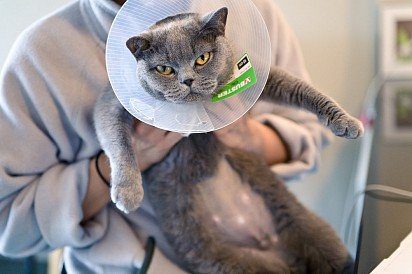
Polycystic kidney disease – the formation of fluid-filled hollow tumors, which disrupts the normal functioning of the excretory system. A typical disease of Persian cats, from which the British suffered from hybridization. At the initial stages, there are no noticeable changes in the behavior of the pet, therefore, it is often diagnosed only at an advanced stage. There is no effective therapy. If cysts are single, they can be removed during a surgical operation, but with a serious lesion, only medical treatment is possible, which will prolong the life of the animal for several months or years.
Gingivitis is an inflammation of the gums that affects the ligaments and bones. In the absence of proper treatment, tooth loss and infection spread through the bloodstream.
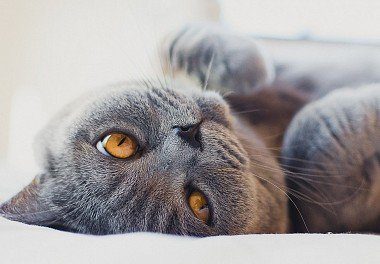
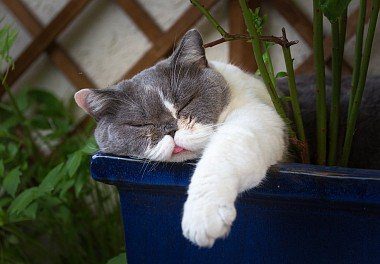
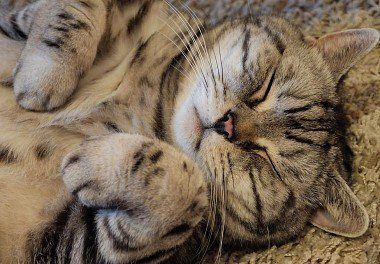
How to choose a kitten
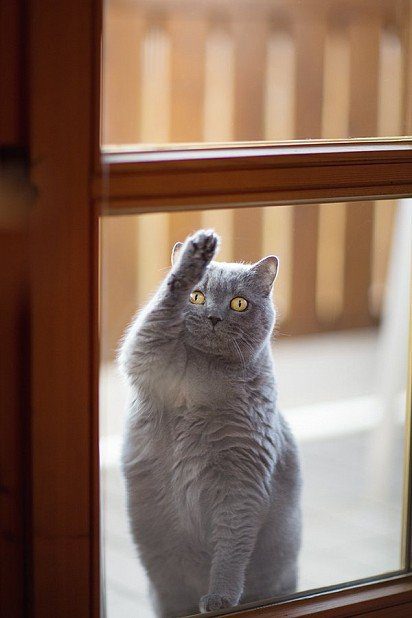
Like all purebred cats, real British Shorthairs are not sold in subway passages, “bird markets” and through free listings on the Web! The saddest consequence of such a “profitable” acquisition will not even be that a cat completely unlike a British will grow out of a fluffy lump. As a legacy from unknown parents, he can get a whole bunch of congenital diseases, and the lack of veterinary support and non-compliance with the nutritional rules of a nursing mother and babies is the cause of poor immunity and acquired diseases.
Choosing a cattery should be given enough time, because only breeders who value their professional reputation, provide complete and reliable information about the pedigree, care about the well-being of the cat and its kittens. Even if your goal is not a show-class Brit, pay attention to the success of the “graduates” at regional and international exhibitions – this is a good indication of healthy genetic lines.
A responsible breeder does not hand over kittens to buyers who are under 12-16 weeks of age. Until that time, you can reserve the baby you like, but he needs socialization in the company of brothers and sisters, learning the wisdom of cat life from his mother and, of course, timely vaccination, which will provide protection against many dangerous diseases.
The little Brit should be active and playful, have a good appetite and respond to human society without fear.
Photo of british kittens
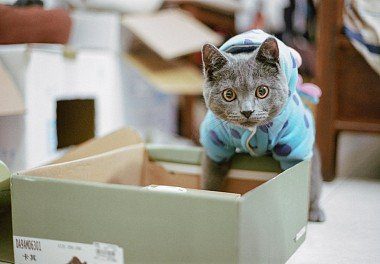
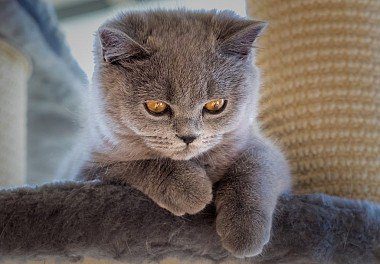
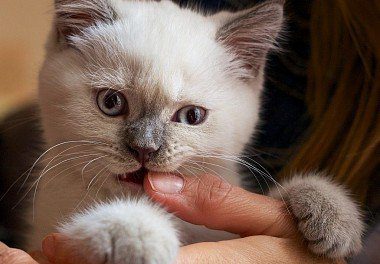
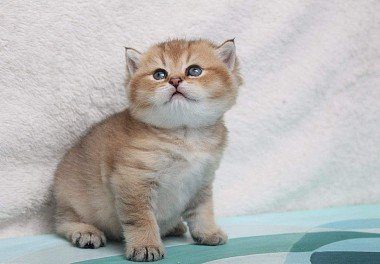
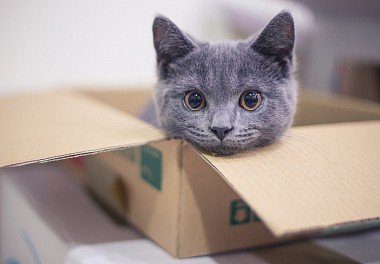
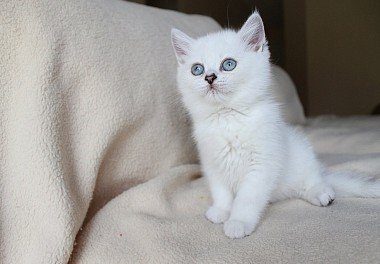
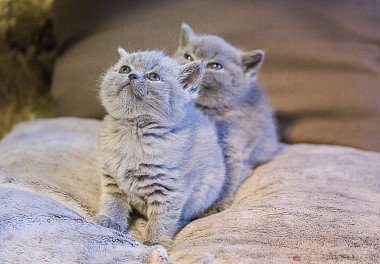
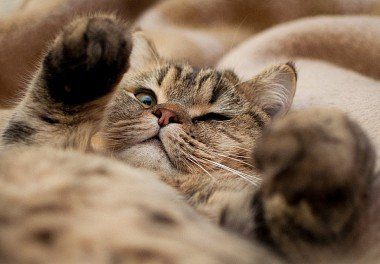
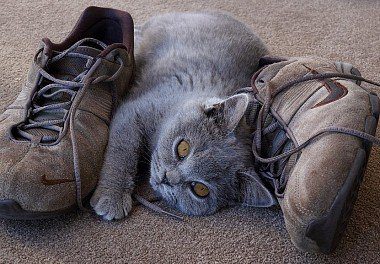
How much is a british shorthair cat
The price of a kitten traditionally depends on the popularity of the cattery, the title of the parents and compliance with the breed standards. But in the case of the British Shorthair, color also matters. The most common blue and chocolate with copper-yellow eyes are also the most affordable in their class. But unusual individuals, for example, a blue-eyed color-point or a “chinchilla” with emerald eyes, will cost much more.
Britons who are fit to live in a loving family, but do not have the makings of a future champion or qualities that are interesting for breeding, can become yours for 50-150$. Further, the price increases depending on the pedigree and personal perspectives. The cost of show-class kittens reaches 600-900$.



